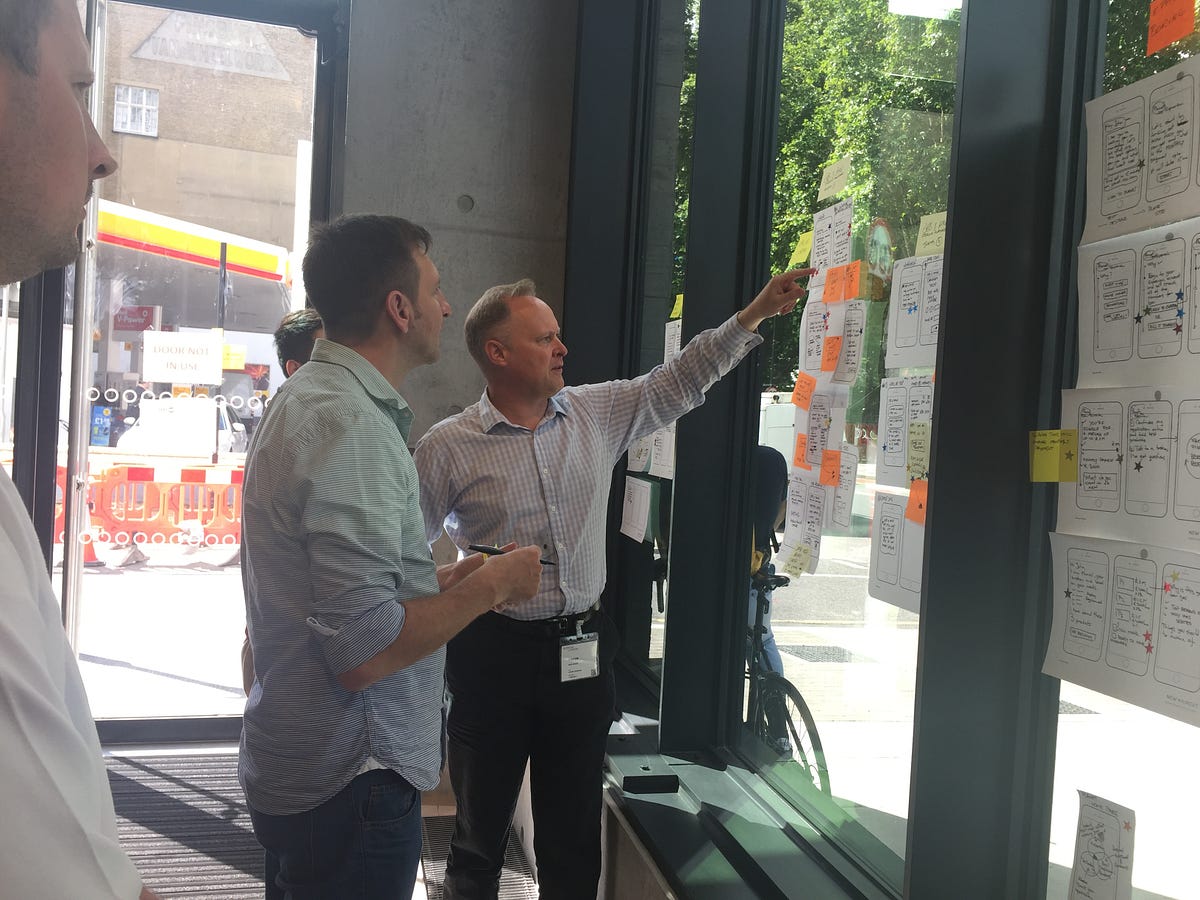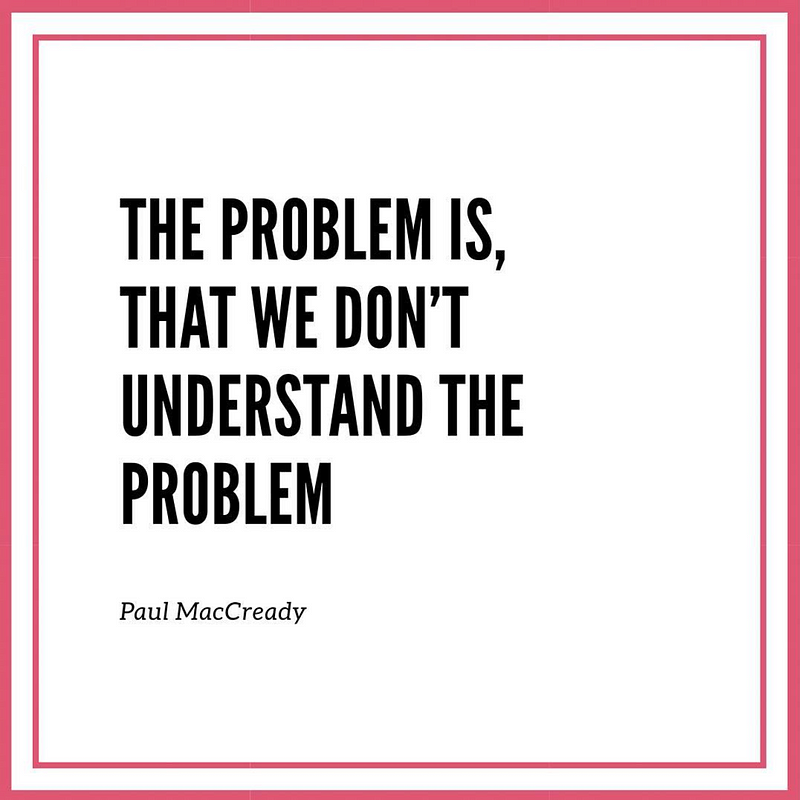CEOs + digital product development

Two things you must do as a CEO if you want to help your product development teams build scalable technology businesses (not just an app).
A million years ago I launched my own startup. It was going to bring innovation to… the… fastener… industry. True story.
The bar was low — you might say it was below sea level; e.g. in 2008 orders for nuts and bolts were still being managed primarily via faxes and phone calls.
Can you imagine? Relying on humans to transcribe and speak with one another to place orders for well, anything!
I grew up in the industry.

I knew it inside out — all of the major problems the industry was begging to have solved, either with technology or otherwise. A classic shooting-fish-in-a-barrel opportunity.
And do you know the first thing I did to seize all of this business potential?
I wrote a 40-page technology spec of the website I wanted to have built for my brand new company, FastenFinder. Down to how the buttons should look and behave for each use case.
But in the 10 years since, I’ve met lots of CEOs taking the same doomed approach. And these aren’t just startup CEOs. SMB and enterprise CEOs do it too, just in grander fashion and with much more fallout.
So then
I’ve learned a lot about innovation, design thinking, agile, and product development. So I’m going to share with you the 2 things I consider most important to any CEO that’s building new, innovative technology products:
Establishing the relationship between user engagement and revenue
Empowering your digital team
This article doesn’t instruct you on how to be a better CEO. Google and books exist for that. This is specifically about 2 shifts you can make to help your team build better, more successful technology products.
Onward.
1. Establishing the relationship between user engagement and revenue
As CEOs, we report to 2 bosses:
Our board / shareholders / investors
Our customers
Each group expects 2 very different things of us.
The first demands our attention be focused squarely on revenue and market share.
The second promises to continue buying as long as we continue to make their lives easier.
The most foundational problem CEOs make here is probably not what you think… Popular, though misguided, wisdom assumes we should focus on the customer first and allow revenue to follow. This is well-intended but a big mistake.
When you take this approach, you commit blind faith that, some day, your company will turn a profit from all of its blood, sweat, and tears. That means P&L is in the back of your head during every conversation, which means you’re going to make many stupid, rushed decisions based lopsidedly on making money ASAP.
Instead, you can help establish the relationship between customer and company by
First make sure you identify and understand problems you want to solve.

These should be problems which:
align with your company strategy
are important enough to enough people
there’s room in the market for you to make profits
In other words, start on your business. Start with market opportunity, competitive benchmarking, and trend analysis.
Map out a realistic model for revenue generation. Then set aside or raise the additional budgets you’ll need based on that model. The last thing you want to do is halt product development or cut every corner because you’ve run out of gas.
Do the work upfront so that when you commit on solutions, there is only one thing left to focus on: your customer.
And then, once product development begins, allow your team to spend all of their energy on obtaining and engaging your customers.
How you’ll support them from this point onward is up next.
2. Empowering your digital team
As CEOs, we’ve officially drown in seminars, blog posts, books, coaching, and case studies geared toward being a more effective executive. But as we’ve evolved from Industrial to Information to Imagination Age, a lot of the rules have changed.
Meanwhile, your digital product teams are diving deep into topics like design thinking, lean MVPs, and agile product development.
They share it with you (some more passionately than others) but it doesn’t resonate with you because it was written for them. It focuses on the details of developing user empathy, performing ethnographic research, running design sprints, and burning down within your product backlog.
What I’ve found is that most companies take 1 of 2 approaches when building their tech products:
One. The CEO takes the position of Head of Product. The team builds exactly what the CEO commands. The solutions don’t solve important user problems.
Two. The CEO is rarely / never included (until way too late). The team decides on their own the most important problems to solve. The solutions don’t solve important user problems and/or the CEO kills the project.
Instead, you can empower your team by
Sharing your vision — talk about the big problems that need to be solved
Contributing a day or two of your time within your team’s design thinking process
Democratizing your expertise to your (now) informed, empowered team
Championing your team to learn, fail, and keep going
The biggest related gripe both CEOs and product teams have is time & availability. CEOs and other stakeholders are not only busy, but often flying all over the world.
As it turns out, you often need only a handful of well-structured, hands-on sessions together to align with your team’s mission, impart your vision, and hand the reigns over to the team.
Wrapping up
As your company’s CEO you’re in a power position to either wreak havoc on every step of your innovation and new product development processes, or exponentially accelerate it forward.
The CEOs that win during 2018 will be those that help their digital teams establish the relationship (and timeline between customer engagement and revenue, and then empower them to create well-aligned, valuable customer solutions.

